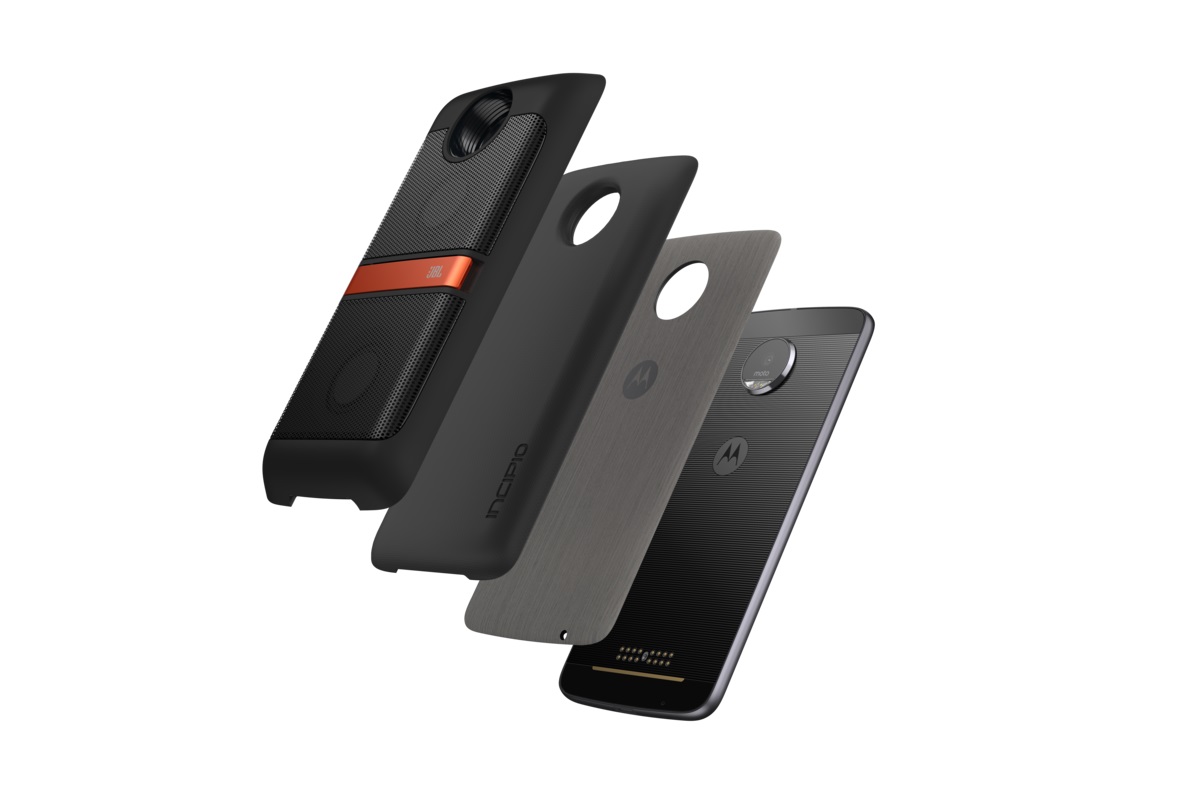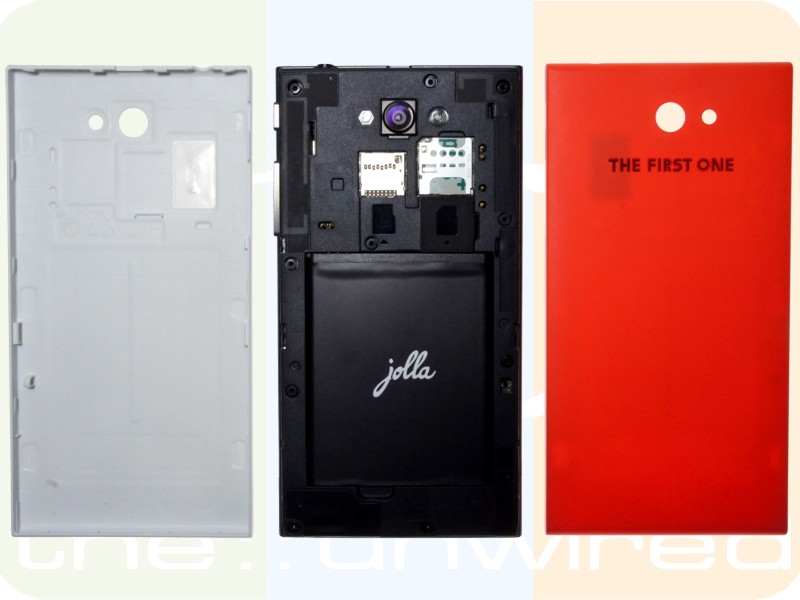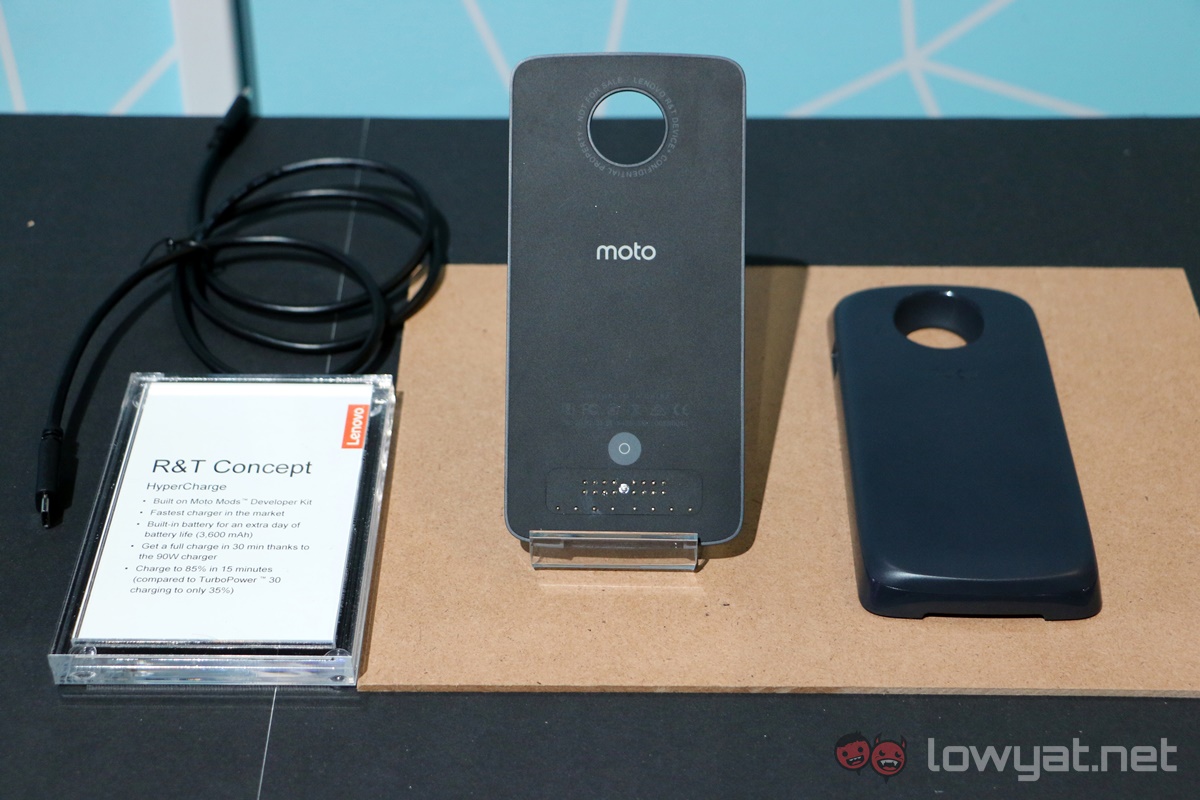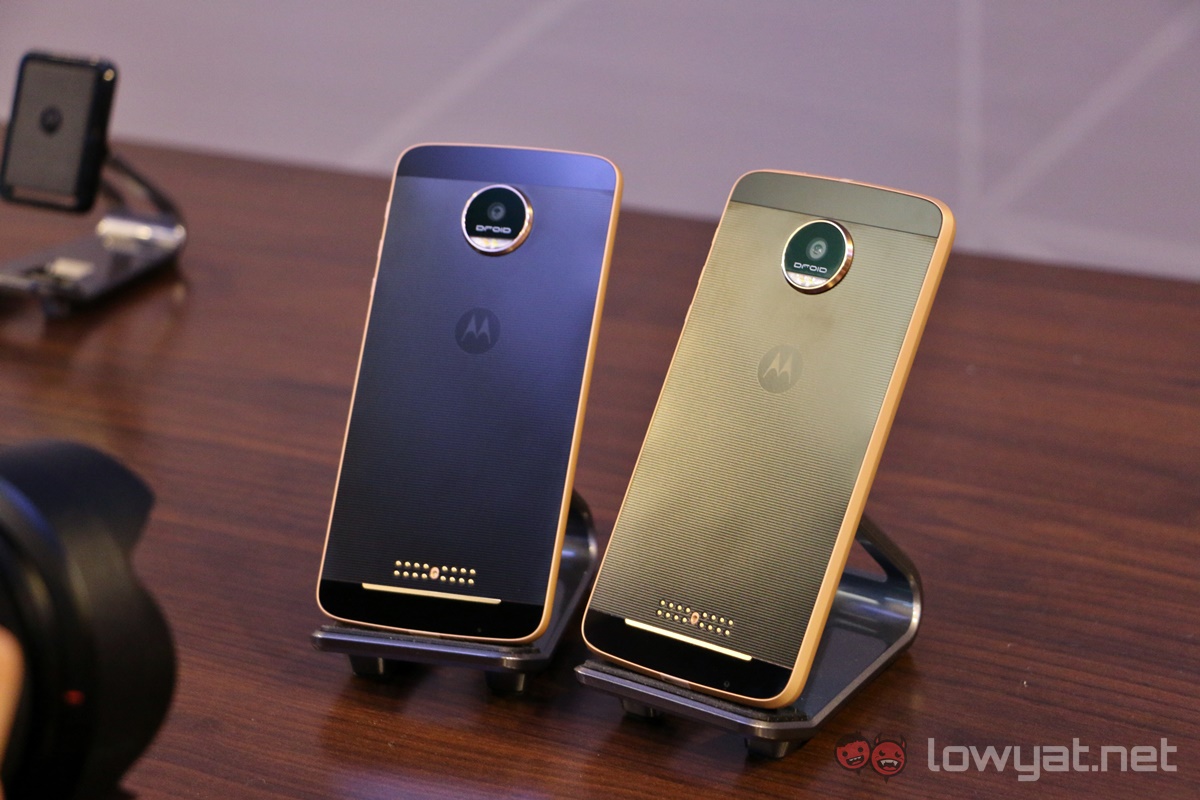In a small, comfy briefing room, I was with about a dozen regional tech journalists at a pre-event briefing ahead of Lenovo Tech World 2016. There, we learned about Lenovo’s huge move in the smartphone space: Moto Mods, the covers for the new Moto Z smartphone that adds new features for the flagship smartphone.
At that moment, I distinctly remembered phasing out for a good few minutes even as the Lenovo rep spoke of the Moto Mods’ modular “snap on, turn on” headline feature – I knew I’d heard of a similar concept before, but on another smartphone.
Was it Project Ara? No, that was too easy. It was a lot more…uncommon.
And then it hit me. It was The Other Half.
The Other Half
Back in 2011 when Nokia was acquired by Microsoft, thousands were left jobless. Part of them is a group of engineers behind the MeeGo project on the ill-fated Nokia N9, but believed in the project so much that they decided to start a company to continue its development.
Safe to say, it didn’t pan out as they hoped. Most of its founding members have either quietly left or entered into advisory roles, and the company was even forced to lay off half of its staff after failing to raise funds in time.
But that’s the story of the company in 2016.
In 2013, Jolla announced the Jolla smartphone. It ran on Sailfish OS that was born from the ashes of MeeGo, and it had a very interesting feature: a back cover called The Other Half.

For some reason, the English webpage only stated that it is a back cover with NFC tags that, when snapped on to a Jolla phone, allows the device to change the overall look and theme of the phone: it’d display custom wallpapers, have different ringtones, and offers the ability to download custom content for games like Angry Birds. The company saw a potential for an Other Half marketplace with companies offering exclusive content for Other Half buyers.
Sounds familiar? That’s just half the story.

The truth is, the Other Half back covers were a lot more than that. In the Finnish-language product page of the Jolla, it was also stated that the Other Half not only had an NFC chip, but also a connector bus that allowed for both power and data transfer. In theory, this allowed the ability to add new features to the Jolla phone simply by snapping on new back covers.
This connector bus is called I2C, which stands for inter-integrated circuit. It is a relatively old connector standard, and that’s where its limitations were most apparent. Sure, its 5V power connector opens the opportunity for a wireless charging Other Half covers at a time when few smartphones offered it built-in, but the data transfer speeds via I2C ensured it would not work as well as Moto Mods would today.

The Jolla Other Half development kit states that the I2C bus would run in Fast Mode, which allows for data transfer speeds of up to 400kbps – that’s 50kBps. On top of that, its latency is too high to support an external speaker, meaning that if anything, the Jolla was nothing more than a proof of concept that a modular smartphone can work, but this was being done at a time when the technology hasn’t yet caught up. The term “modular smartphone” wasn’t even coined yet.
Crucially, it was also done at a company that did not have the resources to further explore the idea in the coming years.
The Modular Conundrum

Fast forward three years, and we now have not one, but two modular smartphone ideas – though it can be argued that they are a single idea with two separate executions…from the same company. Motorola’s ATAP division was tackling the modular smartphone concept for years, and while Google took with it Project Ara before Motorola was sold to Lenovo, there was a splinter group (so to say) that was working on a different, less radical approach to the modular smartphone.
If anything, it would be a lot more executable. Moto Mods is the culmination of this group’s approach, backed by internal research which found that most consumers do not actually want to change everything on a smartphone, but instead preferred to have a specific feature when needed.
In fact, this team had been working on this idea around the same time that Jolla announced its smartphone back in 2013. Again, it was a matter of the technology keeping up with the idea.
https://www.youtube.com/watch?v=OBVCZ-P1GCk
The Moto Z and Z Force feature 16 gold connector pins at the bottom of their backs. Four magnets around the metal back lock a Moto Mod in place, ensuring a “semi-permanent” hold. Unless you peel it up, a Moto Mod will not dislodge; having tried multiple ways of dislodging the phone with one and both hands, I can vouch for this claim.
With that issue solved, Motorola and Lenovo had one other major issue to tackle: what connector standard allows for both power and data transfer that has a high enough overhead to make it future-proof? Where Jolla solved the first issue by integrating them as back covers instead of an add-on plate, the I2C proved unworthy as a solution to the second.
The answer, interestingly, came from Project Ara.
Project Ara uses the UniPro open standard, which allows for data transfers of up to 11.9Gbps on both sides – that’s 1.49GB transferred per second, while only consuming a third of what USB 3.0 consumes in power. The Moto Mods use the same UniPro standard for data transfer.
Hacking the Imagination
It is very likely that Motorola also tweaked the Moto Mods’ connector to allow even higher power to pass through: one concept Mod called the Hypercharge allowed for the phone to transfer its battery power to the Mod at a speed where it “moves” 80% of juice in just 15 minutes. Note that this is from phone to Mod, and not the other way around as I expected it; I was told that if that happened, the thermal dissipation of such an act in so thin a phone would burn my hand.
Discharging a phone’s internal battery on purpose seems very odd, so I asked a Moto engineer at the Tech World demo booth why would anyone want such a feature? The answer was ambiguous: wait till you see the other crazy ideas we have in our labs. The thinking is that Lenovo wants developers to know that such things are possible, which basically unlocks the imagination for genuinely new ideas.
Currently, Motorola only unveiled three Moto Mods to be available with the Moto Z at launch. It is hoping that more ideas – better ideas, even – would come in from the community of developers globally. It will be releasing the developer kit, and offering a grand sum of $1 million for the individual or company who comes up with the best Moto Mod submission.
https://www.youtube.com/watch?v=Pl2Tr5i41rQ
It is a brilliant move, and that seven-figure prize is certainly a huge carrot. In order for the Moto Mods to be a success, there needs to be an ecosystem of Mods that offers plenty of different features. This idea cannot survive with just three Mods – which is where the community plays its role.
Jolla was actively encouraging its developer community to create interesting Other Half concepts in 2013; it just didn’t have a large enough community – nor the resources – to continue pursuing that path. But even then, the ideas that sounded implausible then is very common today: a physical keyboard, a wireless charging cover, an external speaker.
The Smartphone of the Future
With Lenovo’s huge backing and the talent it inherited at Motorola, Moto Mods may just be the start of something special. The stakes are so high in the smartphone industry today that most companies opt for incremental upgrades that does not offer anything new. It’s not that they don’t want to – they simply can’t afford to. Few giants are financially capable of experimenting; Google and Lenovo are two of them.
The first Project Ara developer phone is set to go on sale later this year. A consumer launch is expected in 2017, giving Lenovo a year’s head start to build on this idea – and hopefully, make it work.
The future is counting on it.
Follow us on Instagram, Facebook, Twitter or Telegram for more updates and breaking news.






